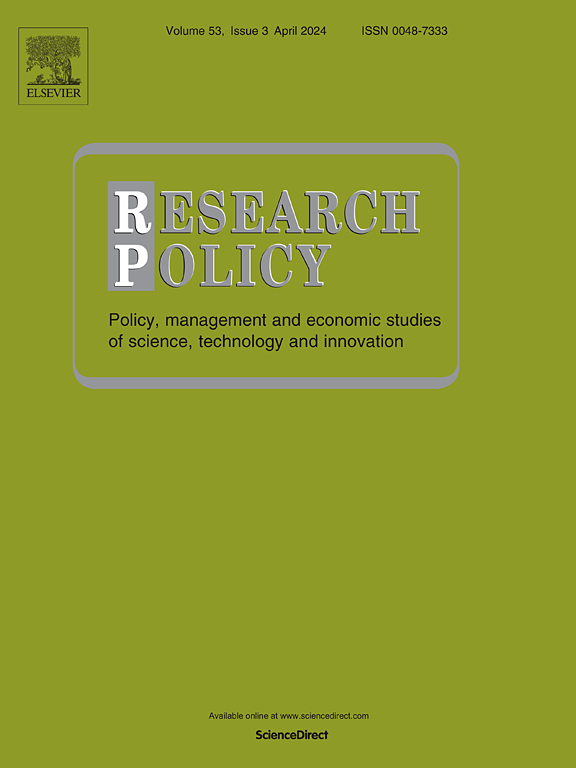Boundary-spanning technology search, product component reuse, and new product innovation: Evidence from the smartphone industry
Abstract
We investigate how two experiences of technology search and product component reuse singly and jointly drive firms to generate subsequent new product innovations. We conceptualize fine-grained types of product component reuse based on whether product components are reused for the first time or multiple times and are introduced internally or externally. Our baseline hypothesis is that firms' boundary-spanning search for technology will increase their generation of new product innovations. Then, we hypothesize that when firms first reuse product components, the reuse of internally introduced product components will generate more new product innovations than the reuse of externally introduced product components; when firms reuse product components multiple times, the reuse of externally introduced product components will generate more new product innovations than the reuse of internally introduced product components. For the interplay between two types of experiences—the technological search and product component reuse—we propose that when firms reuse their own product components for the first time, the positive effect of boundary-spanning search on new product innovations will weaken; when firms reuse other firms' product components multiple times, the positive effect of boundary-spanning search on new product innovations will be strengthened. We corroborate our hypotheses using data on patents of smartphone manufacturing firms and components of smartphone devices introduced worldwide from 2006 to 2018. We find broad support for our hypotheses. Our findings imply that firms' product component reuses have multifaceted effects on new product innovations and that the attentional coordination of firms' experiences across technology search and product component reuse is critical in shaping new product innovations.

 求助内容:
求助内容: 应助结果提醒方式:
应助结果提醒方式:


